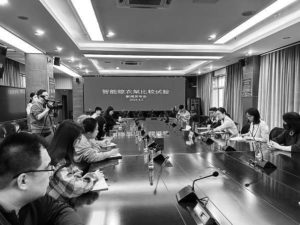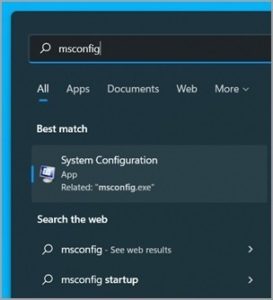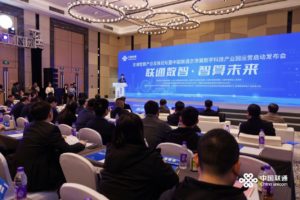Sensors Data: Digital operations help the entertainment industry achieve rapid growth

[ad_1]
With the continuous development of the Internet, the traffic dividend in the domestic market is gradually disappearing. Against the backdrop of sluggish growth in the overall market, the overall online time of entertainment products continues to grow. Video is the core driving force. The comprehensive penetration of short videos has contributed to the growth of users in the online reading industry. Provided strong support. At the same time, since the implementation of the Internet Security Law, the scope of supervision of the entertainment industry has become larger and the granularity of supervision has become finer and finer. There is an urgent need for a large amount of high-quality content, a good community atmosphere, and refined operation methods. Breakthrough innovation.
Sensors Data released the white paper “Great Entertainment Products: Data-Driven Leading New Ideas for Growth”, summarizing the three major challenges facing the entertainment industry: First, traffic dividends are exhausted, growth costs remain high, and accurate customer acquisition is the foundation for steady development; Second, in the era where content is king, constructing differentiated consumption value and strengthening community awareness are the shortcuts to increase user stickiness; third, users are gradually developing a mentality to pay, and refined layered operations maximize user experience and platform revenue.
At the same time, Sensors Data describes in detail how the entertainment platform provides users with accurate and personalized services through digital operations in the business scenarios of attracting new users, retaining them, and monetizing them, improving the retention and monetization of high-quality users, and realizing user experience and platform Maximize returns.
1. Open up links before and after growth, accurately measure ROI, and achieve high-quality growth
In the advertising placement process, firmly grasp the core pain points in the advertising process, and break through them one by one: before launching, through target customer group positioning and portrait insight, public domain Lookalike can be realized through seed crowd packages. During the launch, the DeepLink technology was applied to shorten the path of user jumps and improve the conversion effect of the activity. Deep backhaul facilitated oCPX launch, and accurate attribution was achieved based on One ID; ,Construct visual reports and overviews to analyze and compare the effects of display, click, consumption and other data, and deeply analyze the creative materials to assist in optimization decisions.
In the activity fission new attraction link, based on the five-dimensional scientific evaluation of new attraction scenarios, incentive forms, strategic gameplay, risk control system, and value evaluation, a fission new attraction index system is constructed to have a more objective understanding of the business status from the data level, so that every time Decisions are supported by sufficient evidence.
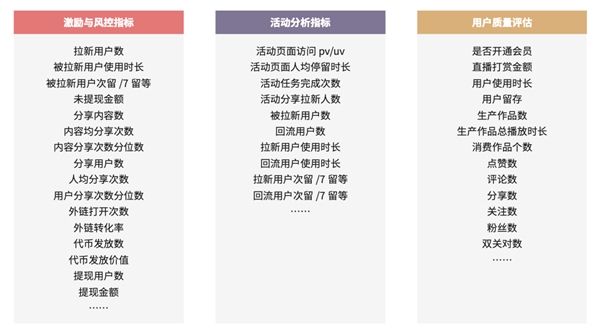
2. User behavior data feeds back content introduction and quality assessment, data analysis guides content ecological construction
First, content insight guides content introduction. Cultural and entertainment products are content products in essence, and the core proposition that the platform needs to answer is “Based on the platform’s planning and development goals, select content types, what kind of content categories to make, who are the creators of the content, and what methods are used to attract creators?” Those who settled in”. After having the content, how to estimate the quantity of imported content, how to evaluate the quality of the content, and how to evaluate the ROI of the content, each module needs data support.
Then, build the content quality evaluation system. Multi-dimensional and three-dimensional evaluation of content through manual evaluation, data evaluation, model evaluation, monetization evaluation and other evaluation methods; evaluate content flow efficiency from the perspective of users, content and platform.
Secondly, efficient use of accurate content traffic. Content distribution is carried out by means of manual distribution or recommendation model distribution. The personalized recommendation, relevant recommendation and popular recommendation of Sensors Intelligent Recommendation can fully meet the needs of users for recommendation systems in different traffic scenarios. In the content cold start process, try to use suitable, low-cost, less and reliable traffic to test books.
3. Create a unique community atmosphere, encourage content creation, encourage the accumulation of social assets, and improve platform user stickiness and consumption time
Build a user creation incentive system to increase the quantity and quality of UGC content and improve the community atmosphere. Specifically include:
● Creation support: provide creators with creative tools and creative guidance, and reduce the difficulty of creation for ordinary users
● Traffic incentives: optimize the content distribution mechanism, so that the works of ordinary users can get more exposure opportunities
● Revenue incentives: help creators realize commercial realization
At the same time, improve user activity, encourage users to generate more interactions and consumption behaviors in private domain scenarios based on relationship chains, and allow more users to participate in community interactions.
4. All-round user insight to realize user digital operation
Faced with an increasingly large and diverse user group, the platform wants to achieve user retention and monetization, and the division of user groups will inevitably become more and more detailed. Therefore, the platform needs to build a user label that fits the business, tap the value potential of different circles, formulate an effective differentiated product operation strategy, and increase the usage time and payment willingness of the subdivided user groups. Based on industry characteristics, Sensors Data sorts out six common user stratification methods here:
First, the user life cycle is layered. In the whole process from the beginning of the user’s contact with the product to the departure of the product, the user’s stickiness and value are continuously improved through operational means to prevent the loss of users.
Second, the AARRR model is stratified. Correspond the user’s behavior path in the product with each link in the AARRR model, determine the corresponding user groups at each stage, find out the problem based on the AARRR conversion funnel model, and formulate product operation strategies, including activities, content, benefits, products Etc., to improve the conversion efficiency between different levels.

Third, the value pyramid is layered. According to the dimensions of user activity, value contribution, and influence, a pyramid model is built from bottom to top, and then according to the performance of users in the above dimensions, different roles, powers and ascending channels are given to different users, forming a virtuous circle.
Fourth, the four-quadrant layering. According to their own characteristics, different businesses select two key dimensions for “2×2 matrix” segmentation, divide users into 4 categories, and then formulate corresponding user operation strategies.
Fifth, AIPL model of loyalty. Let users go from seeing you (exposure, click, browse) to leaning towards you (consumption, attention, interaction, search, favorite, etc.), to buying you (recharge payment) and being loyal to you (repeated payment, continuous consumption).
Sixth, stratify based on user interests. User interests are divided into long-term preferences, short-term preferences, and generalized preferences. Among them, long-term preferences and short-term preferences are divided into two categories: behavioral preferences and marketing preferences. The corresponding user behaviors are sorted out through the contacts in the user journey, and then the relevant user preference attribute labels are constructed, and then corresponding operations are formulated according to the business goals of the platform. Strategy.
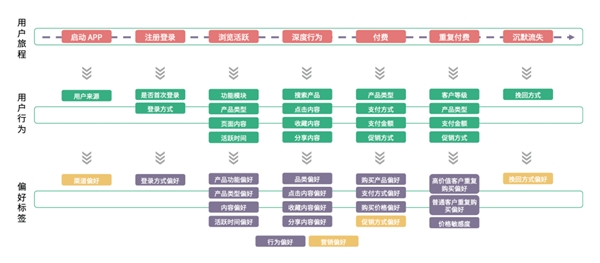
[ad_2]
Source link

